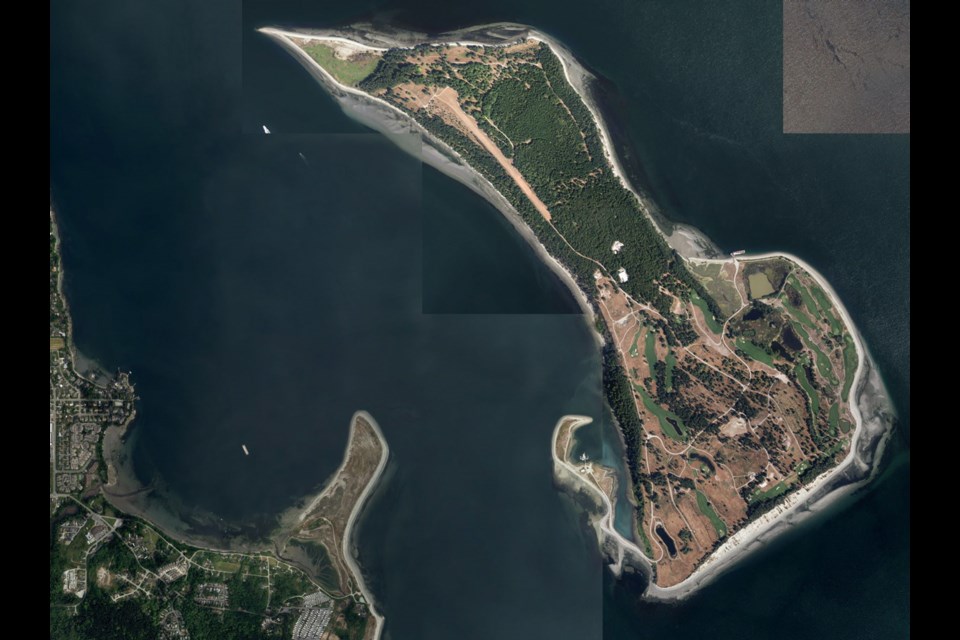The Tsawout First Nation has watched James Island change over time, and now it is needed for their own people, an elected councillor said Friday.
Mavis Underwood said the Tsawout First Nation is becoming squeezed on its 595-acre reserve. Much of the land, on the east side of the Saanich Peninsula, has been used for economic development and holds hotels, restaurants and trailer parks.
The reserve is home to about 1,600, about one-third of whom are registered Tsawout members. With a growing population of young people, the First Nation needs more room.
“We would love to have it as living space,” Underwood said in an interview.
On Wednesday, the Tsawout First Nation filed a civil lawsuit seeking the return of James Island, naming as defendants the federal and provincial governments and the current owner, J.I. Properties Inc., owned by Seattle telecommunications billionaire Craig McCaw.
B.C. Assessment Authority values the 780-acre private island at $54,433,000, and it has been listed for sale at $75 million.
Since 1994, when the island passed to J.I. Properties for $26 million, it has been remodelled into a resort-style playground. There’s an 18-hole, Jack Nicklaus-designed golf course, a boat house, a western-themed park, full gym, library, a 5,000-square-foot main house and six guest cabins.
Underwood said she can recall her father providing for the family by hunting, fishing and gathering such things as gull eggs, sea urchins and crab — much of it from James Island.
It was source of pride for the family to be able to live independently, so it hurts Underwood now to look at James Island from the reserve and know her people aren’t even free to land there any longer.
“It’s really hard to look at that island and ask: ‘Why can’t it be ours again? Why isn’t it ours?’ ” she said.
Reclaiming the island is also about retrieving a birthright granted her people at their creation, she said. Asserting that right will provide a healing space and a new source of pride and assist with a cultural resurgence, she said.
The Tsawout claim rests on the 1852 treaty signed by Gov. James Douglas that states native village sites and enclosed fields were to be reserved for First Nations use.
The claim contends the Tsawout people historically occupied James Island, which they called Lel’Tos. There was once a village there, and the island was used for hunting animals and gathering of wild plants. It has a burial ground.
First Nations people were wrongfully forced off by the government in 1870, the claim says.
James Island was parcelled up and sold. At one time, it was stocked with exotic game and used as a private hunting reserve for political elites. Throughout, no compensation was made to the Tsawout people, the claim says.
Canadian Industries Ltd. bought the island in 1913 and used it as a site to manufacture explosives until 1985.
In 1988, the island was sold for $5 million to a company called Pacific Parkland, which later sold it to J.I. Properties.



